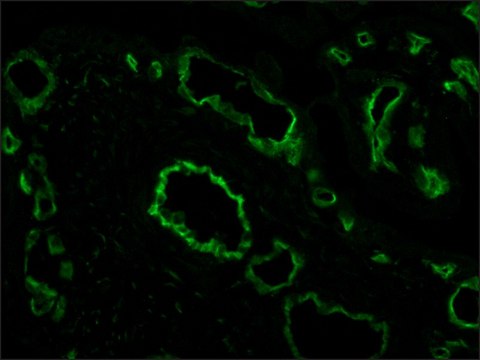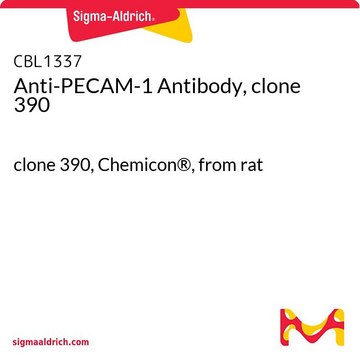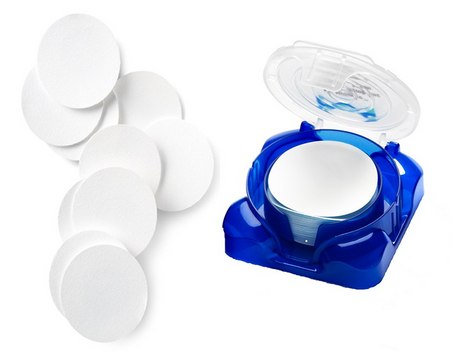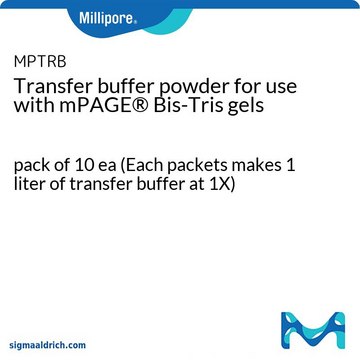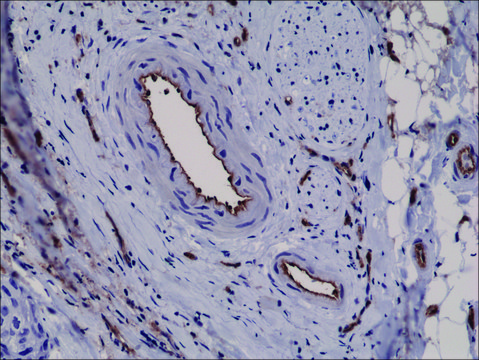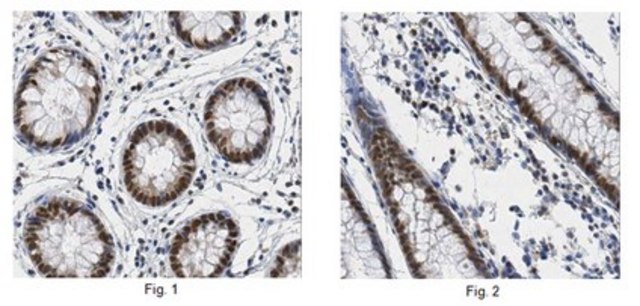CBL468
Anti-PECAM-1 Antibody, domains 3-6 of human PECAM-1, clone HC1/6
clone HC1/6, Chemicon®, from mouse
Synonym(s):
CD31
About This Item
Recommended Products
biological source
mouse
Quality Level
antibody form
purified immunoglobulin
clone
HC1/6, monoclonal
species reactivity
human
manufacturer/tradename
Chemicon®
technique(s)
flow cytometry: suitable
immunohistochemistry (formalin-fixed, paraffin-embedded sections): suitable
immunoprecipitation (IP): suitable
isotype
IgG1
NCBI accession no.
UniProt accession no.
shipped in
wet ice
target post-translational modification
unmodified
Gene Information
human ... PECAM1(5175)
Specificity
FUSION PARTNER: P3-x63Ag8.653 myeloma cell line
Immunogen
Application
This antibody will stain frozen tissue sections
Suitable for immunoprecipitation studies
Suitable for flow cytometry either indirectly or directly when labelled with FITC or R-PE
Suitable for use on formalin fixed paraffin embedded sections after protease pre-treatment.
Optimal working dilutions must be determined by the end user.
Physical form
Analysis Note
Activated microglial cells
Other Notes
Legal Information
recommended
Storage Class Code
10 - Combustible liquids
WGK
WGK 2
Flash Point(F)
Not applicable
Flash Point(C)
Not applicable
Certificates of Analysis (COA)
Search for Certificates of Analysis (COA) by entering the products Lot/Batch Number. Lot and Batch Numbers can be found on a product’s label following the words ‘Lot’ or ‘Batch’.
Already Own This Product?
Find documentation for the products that you have recently purchased in the Document Library.
Our team of scientists has experience in all areas of research including Life Science, Material Science, Chemical Synthesis, Chromatography, Analytical and many others.
Contact Technical Service